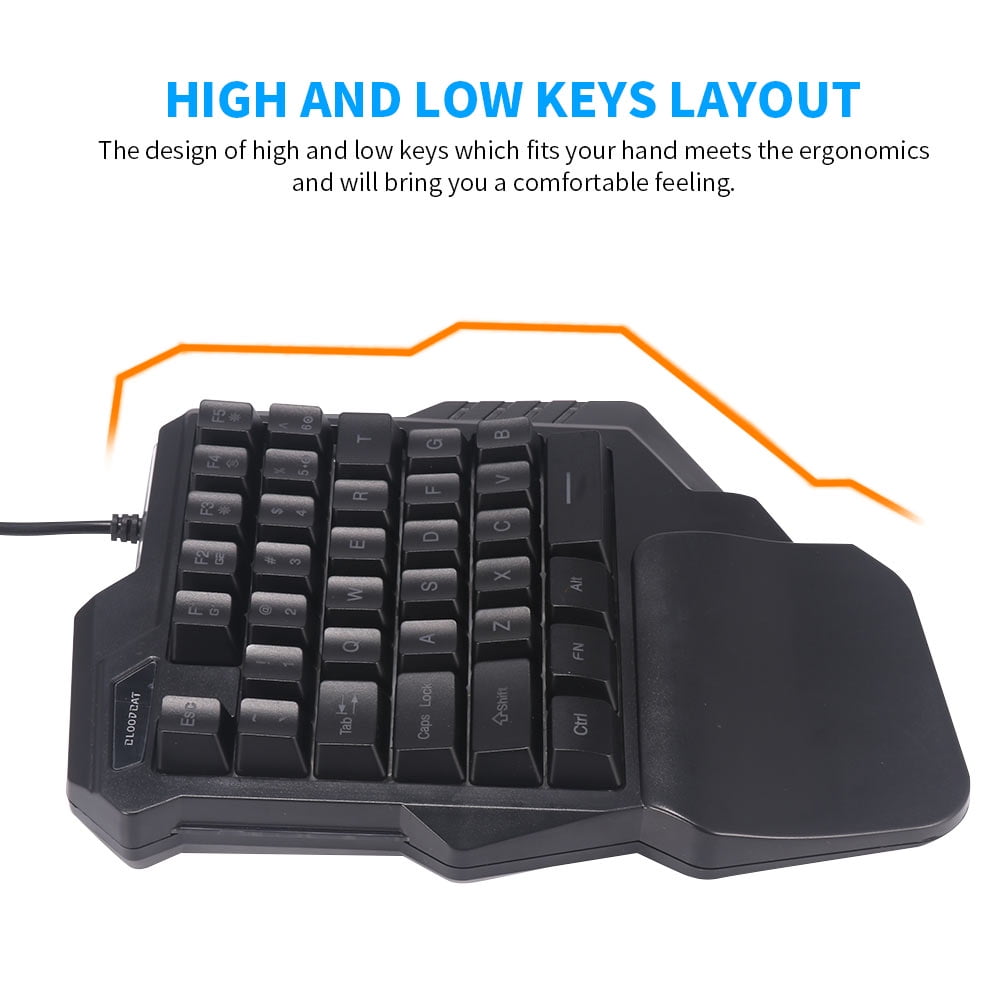
If your studio lacks a piano, consider using a software emulation of a piano. If leakage is a problem, close the lid and cut EQ a little around 250 Hz to reduce boominess. Put the bass mic near the tail of the piano to equalize the mic distances to the hammers ( Figure 1-C). Use two for stereo over the bass and treble strings. If you want to pick up the piano in mono, tape a boundary mic to the underside of the raised lid, in the center of the strings, near the hammers. Figures 1-A, 1-B and 1-Cīoundary mics work well, too. With the ORTF stereo mic method, two cardioid mics are angled 110 degrees apart and spaced 7 inches horizontally. Another method uses two ear-spaced omni condensers or an ORTF (also known as Side-Other-Side) pair about 12 to 18 inches above the strings. One alternative is to put the treble mic near the hammers, and put the bass mic about 2 feet toward the tail ( Figure 1-B, also below). Miking close to the hammers sounds percussive toward the tail has more tone. Boom-mount a stereo mic, or an XY pair of cardioids crossed at 120 degrees.

The spaced mics might have phase cancellations when mixed to mono, so you might want to try coincident miking ( Figure 1-A, below). Pan the mics partly left and right for stereo. Typically, both microphones are 8 to 12 inches over the strings and 8 inches horizontally from the hammers. Aim the mics straight down. Center one mic over the treble strings and one over the bass strings. If you can, remove the lid to reduce boominess. Use omni or cardioid condenser mics, ideally in shock mounts.

One popular method uses two spaced mics inside the piano. You can prevent thumps by stuffing some foam or cloth under the pedal mechanism. First have the piano tuned, and oil the pedals to reduce squeaks. This magnificent instrument is a challenge to record well. Some of the most popular instruments in many genres of music are keyboards, so let’s look at some recording techniques to capture a grand piano, upright piano, Leslie organ speaker, digital keyboard or synthesizer. This article is provided by Bartlett Audio.


 0 kommentar(er)
0 kommentar(er)
